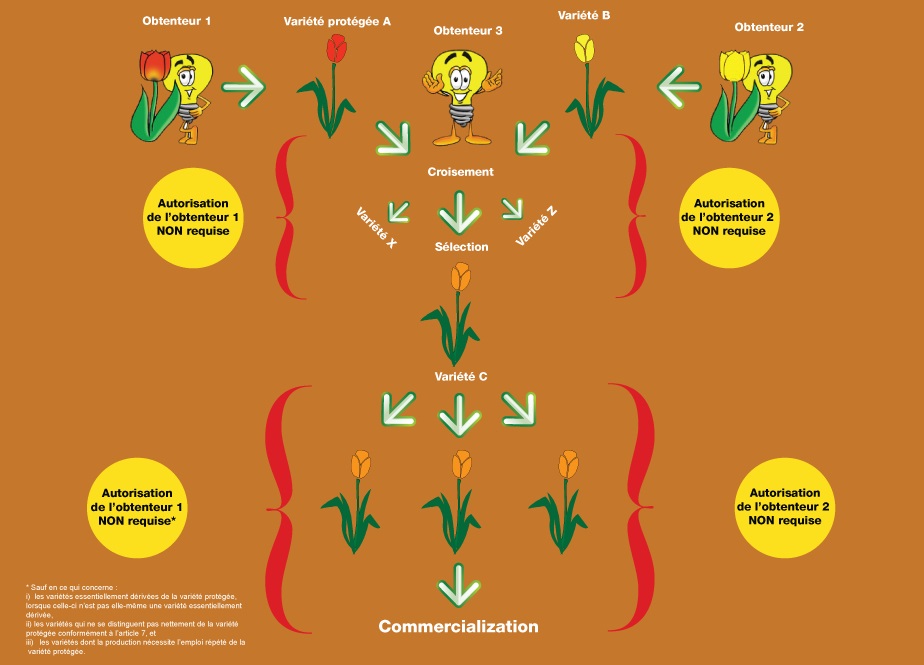Introduction to UPOV
Our purpose
What is UPOV?
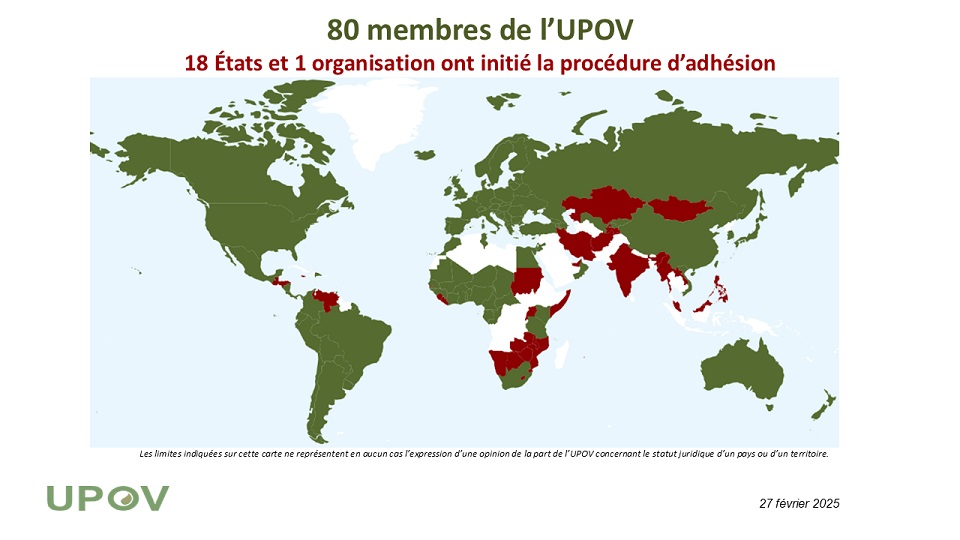
The mission of UPOV is to provide and promote an effective system of plant variety protection, with the aim of encouraging the development of new varieties of plants, for the benefit of society.
The UPOV Convention provides the basis for members to encourage plant breeding by granting breeders of new plant varieties an intellectual property right: the breeder's right.
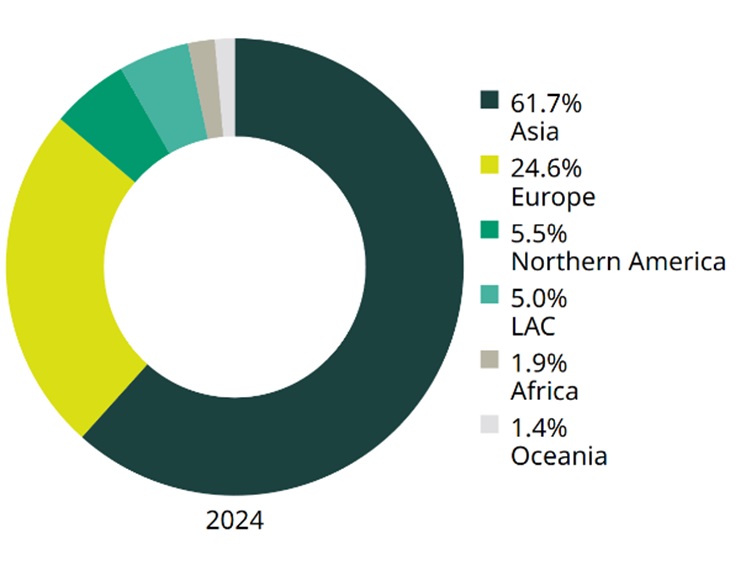
Development of Plant Variety Protection
What is a Plant Variety?
A plant variety represents a more precisely defined group of plants, selected from within a species, with a common set of characteristics.
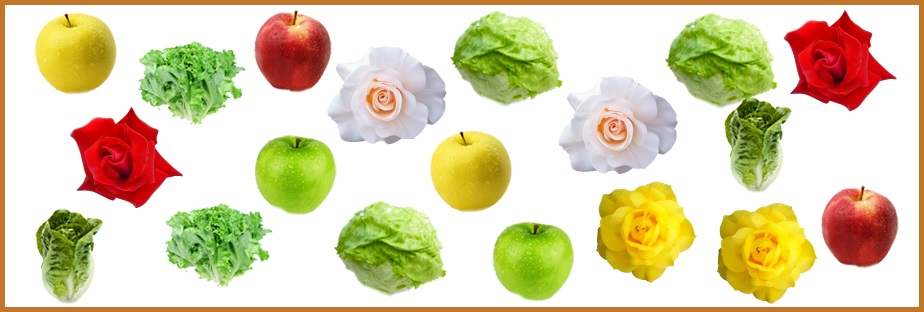

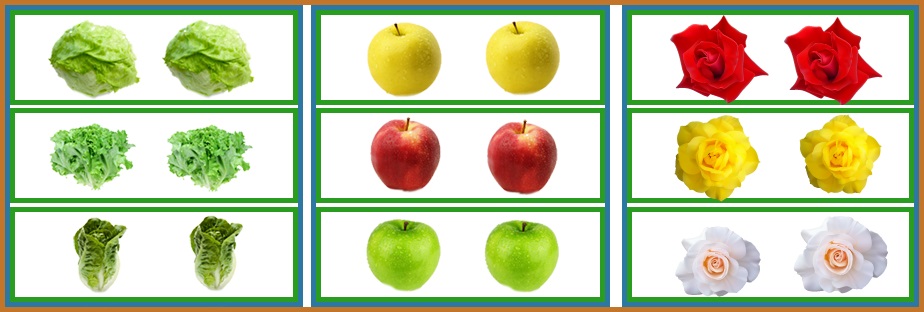
Why do farmers and growers need new plant varieties?
New varieties of plants with features such as improved yield, high quality and resistance to plant pests and diseases are a key element in increasing productivity and product quality in agriculture, horticulture and forestry, whilst minimizing the pressure on the natural environment.
Many inputs need to be combined with such varieties in order to deploy their full potential. The tremendous progress in agricultural productivity in various parts of the world is largely based on improved varieties.
BREEDERS
VARIETIES
- improved performance:
- yield;
- resistance to pests and diseases;
- salt & drought tolerance;
- local adaptation;
- harvestability;
- crop quality;
- input efficiency;
- consumer taste; etc.
FARMERS & GROWERS
- input efficiency;
- higher profitability;
- access to new markets;
- crop diversity;
Breeders
Varieties
- improved performance:
- yield;
- resistance to pests and diseases;
- salt & drought tolerance;
- local adaptation;
- harvestability;
- crop quality;
- input efficiency;
- consumer taste; etc.
- input efficiency;
- higher profitability;
- access to new markets;
- crop diversity;
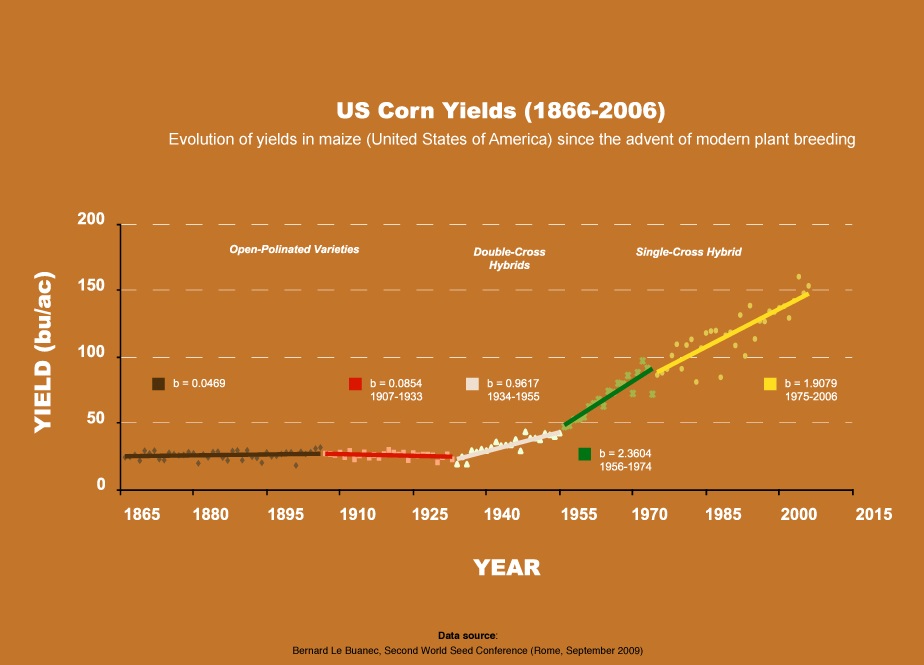
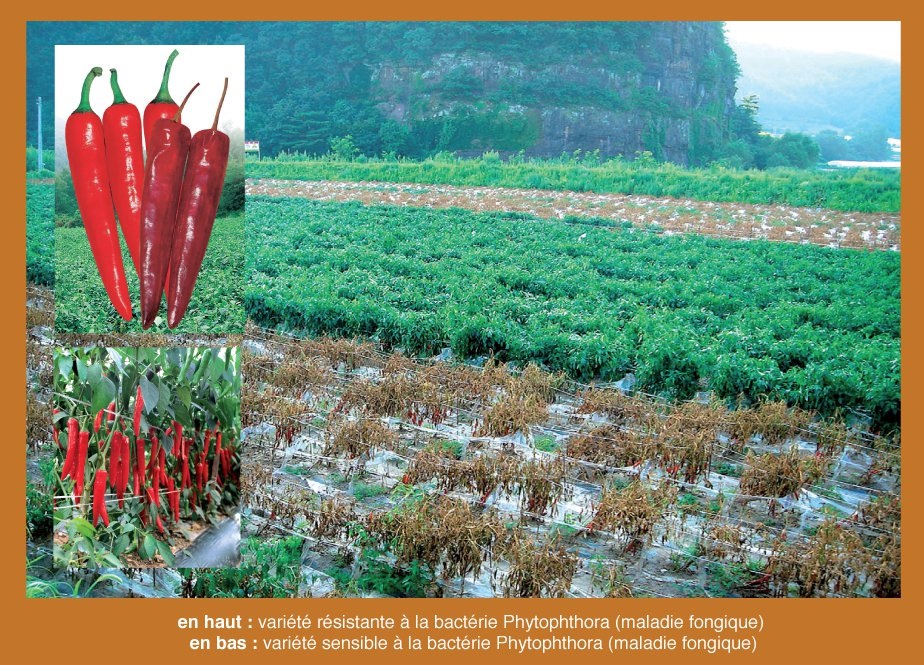
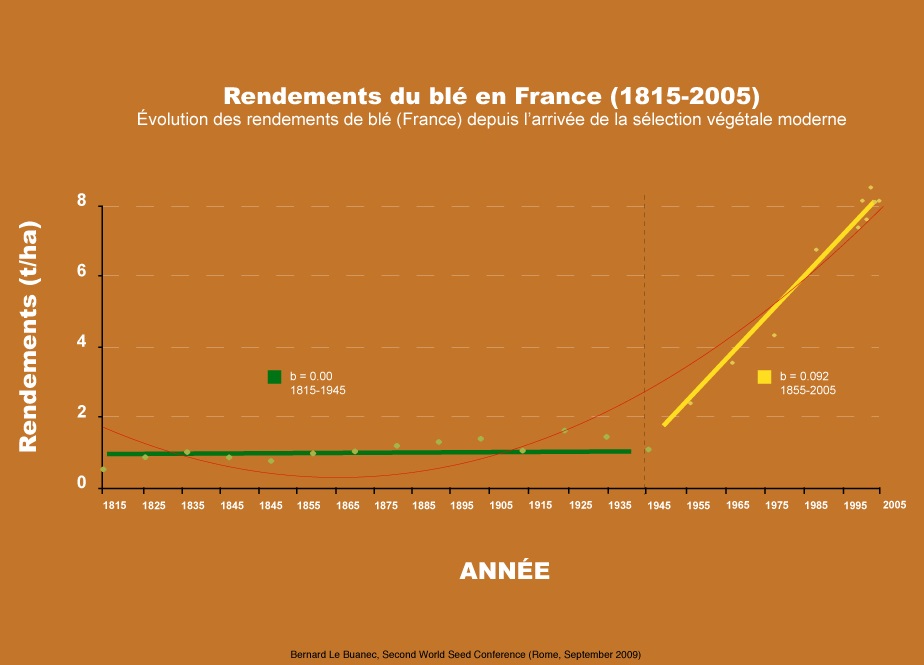
How are new plant varieties of benefit to society?
BREEDERS
VARIETIES
- improved performance:
- yield;
- resistance to pests and diseases;
- salt & drought tolerance;
- local adaptation;
- harvestability;
- crop quality;
- input efficiency;
- consumer taste; etc.
FARMERS & BREEDERS
- input efficiency;
- higher profitability;
- access to new markets;
- crop diversity;
PRODUCTS
CONSUMERS
- reduced land use for agriculture;
- low cost;
- high quality & nutritious food;
- good shelf-life;
- diverse range of products;
- choice of products and source
Farmers & growers
- input efficiency;
- higher profitability;
- access to new markets;
- crop diversity;
Products
Consumer
- reduced land use for agriculture;
- low cost;
- high quality & nutritious food;
- good shelf-life;
- diverse range of products;
- choice of products and source
Case Study: Plant Breeding in Rapeseed
The importance and scale of the contribution of plant breeding can be illustrated by the example of Rapeseed.
Originally, only the oil component of rapeseed provided a useful product, as a lubricant for steam engines. It was only when breeders started to work on the crop that it attained major importance for agriculture.
Firstly, breeders reduced the glucosinolate content so that the meal could be used for feeding animals. As a following step, breeding was employed to reduce the erucic acid content so that rapeseed could be used as a source of edible oil for human consumption.
Breeding advances for rapeseed use

Rapeseed

Lubricant
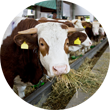
Cattle food

Cooking oil

Health food
What is Plant Variety Protection?
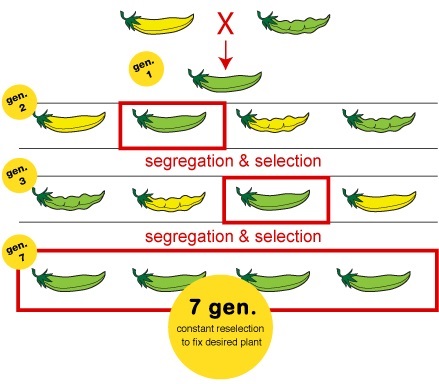
Plant breeding is long and expensive
Plant varieties can be easily and quickly reproduced
Breeders need protection to recover investment
What is Plant Variety Protection (PVP) & What is a Plant Breeder's Right (PBR)?
The UPOV Convention provides the basis for members to encourage plant breeding by granting breeders of new plant varieties an intellectual property right: the breeder's right.
In the case of a variety protected by a breeder's right, the authorization of the breeder is required to propagate the variety for commercial purposes.
- Dr. Shadrack R. Moephuli (South Africa / English)
- Mr. Filipe de Moraes Teixeira (Brazil / Portuguese)
- Mr. Ruaraidh Sackville Hamilton (English)
- Ms. Jenn James (New Zealand / English)
- Sra. Enriqueta Molina Macías (Mexico / Spanish)
- Mr. Willi Wicki (Switzerland / German)
- Dr. Stephen Mbithi Mwikya (Kenya / English)
- Mr. Marcel Bruins (English)
Who can protect a plant variety?
Only the breeder of a new plant variety can protect that new plant variety.
It is not permitted for someone other than the breeder to obtain protection of a variety.
There are no restrictions on who can be considered to be a breeder under the UPOV system: a breeder might be an individual, a farmer, a researcher, a public institute, a private company etc.
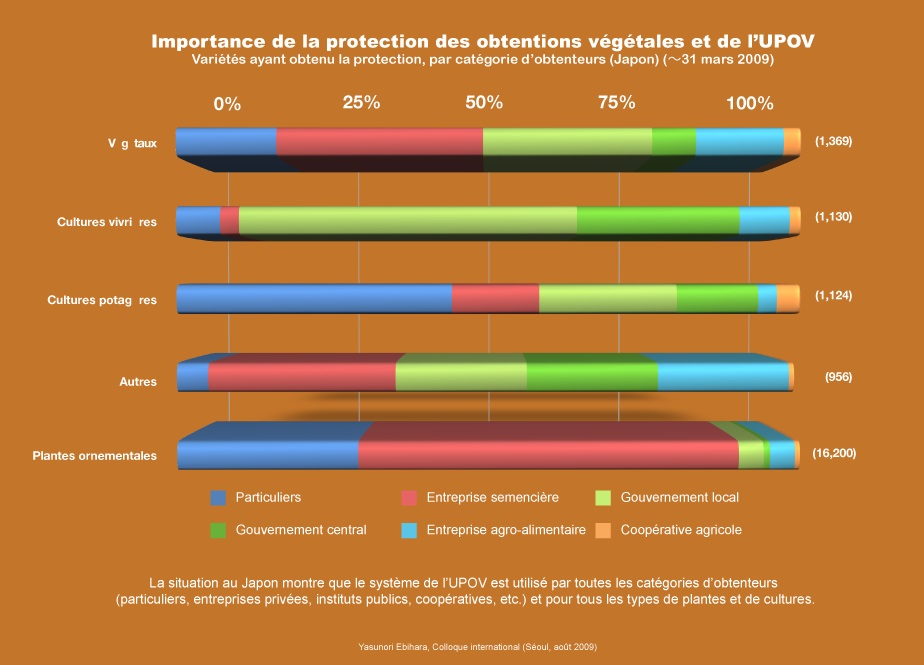
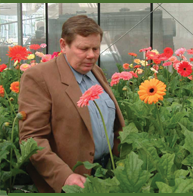
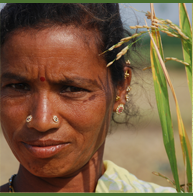
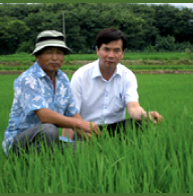
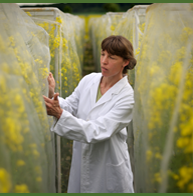
Exceptions to the Breeder's Right (1991 Act of the UPOV Convention)
COMPULSORY
Acts done for experimental purposes
Acts done privately & for non-commercial purposes
Amateur Gardeners
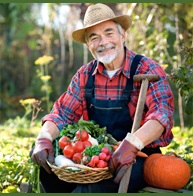
Subsistence Farmers (Propagation of a variety by a farmer exclusively for the production of a food crop to be consumed entirely by that farmer and the dependents of the farmer living on that holding: Therefore, 'subsistence farming' where this constitutes acts done privately and for non-commercial purposes, may be considered by a UPOV member to be excluded from the scope of the breeder's right)
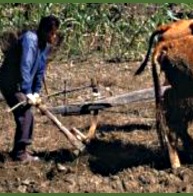
OPTIONAL
Farm saved seed
(A Contracting Party may restrict breeder's rights in order to permit farmers to use: for propagating purposes on their own holdings the product of the harvest obtained on their own holdings from the protected variety within reasonable limits subject to safeguarding legitimate interests of the breeder)
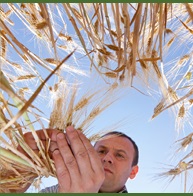
What are the conditions for obtaining protection?
NOVELTY
"DUS"
DENOMINATION
FORMALITIES & PAYMENT OF FEES
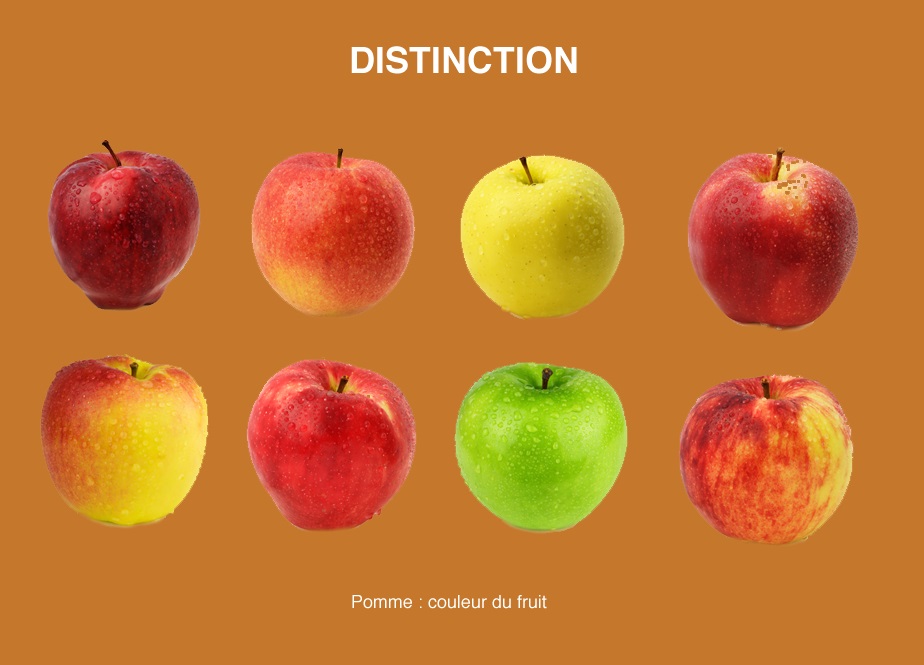
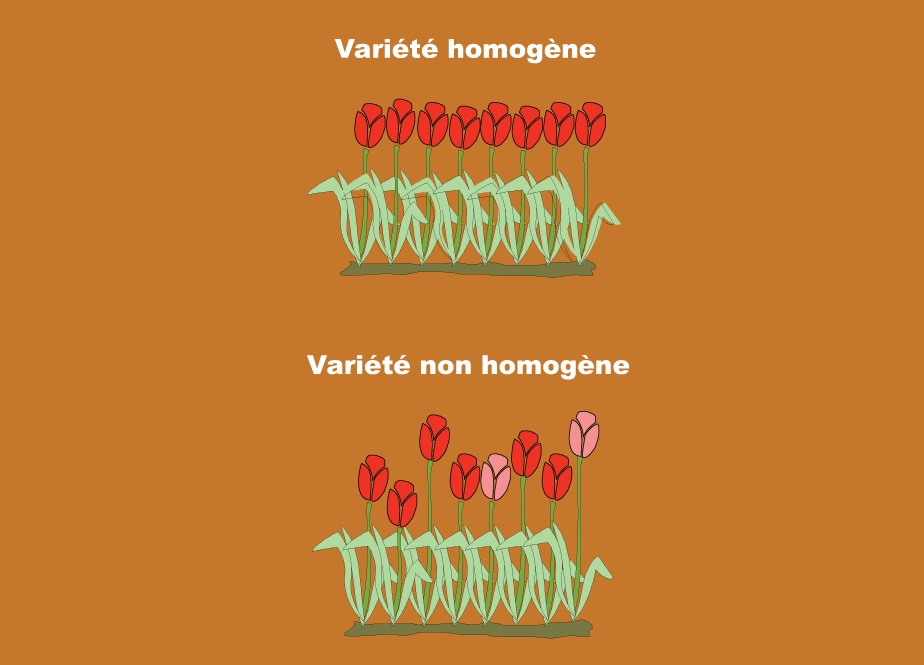
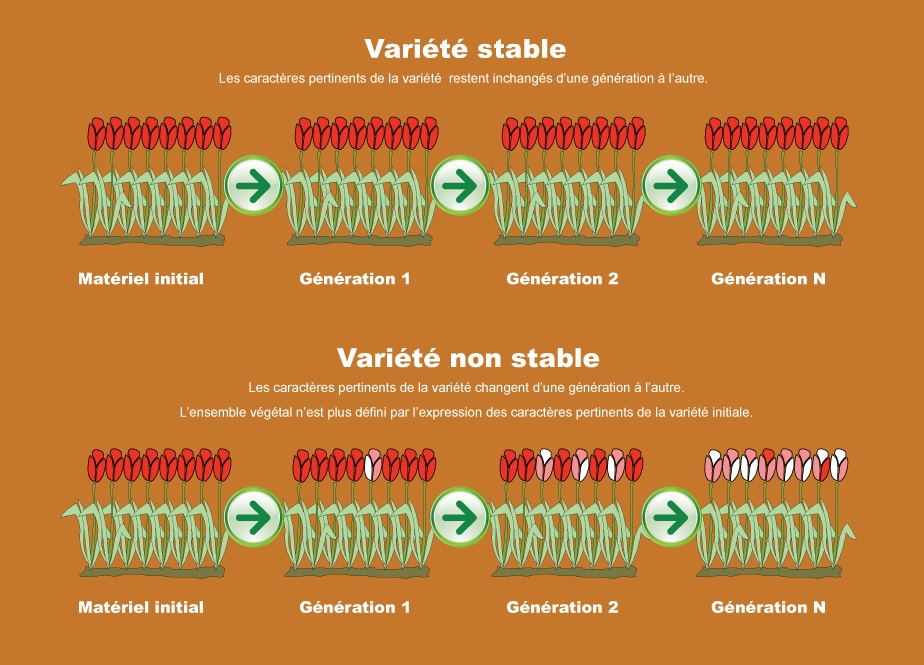
What information is there on the impact of PVP?
- increased breeding activities,
- greater availability of improved varieties,
- increased number of new varieties,
- diversification of types of breeders (private breeders, researchers),
- increased number of foreign new varieties,
- encouraging the development of a new industry
- competitiveness on foreign markets, and improved access to foreign plant varieties and enhanced domestic breeding programs.
Want to learn more?
- Dr. Shadrack R. Moephuli (South Africa / English)
- Mr. Filipe de Moraes Teixeira (Brazil / Portuguese)
- Mr. Ruaraidh Sackville Hamilton (English)
- Ms. Jenn James (New Zealand / English)
- Sra. Enriqueta Molina Macías (Mexico / Spanish)
- Mr. Choi Keun-Jin (Republic of Korea)
- Dr. Stephen Mbithi Mwikya (Kenya / English)
- Mr. Marcel Bruins (English)
